The Chairman of Ice Hockey UK, Richard Grieveson, began a series of meetings last summer with a number of key stakeholders from across the British game.
His aim was to create a single, workable, fit for purpose National Governing Body (NGB) for this country.
The road hasn’t been easy, and much has been written about the proposals, but if you want to know what’s actually happening you speak to the man himself.
BIH: Not many people will know who you are – how did you become involved in ice hockey?
RG: I joined Dumfries and Galloway Council in 2000 with responsibility for the Leisure and Sport Service. One of the facilities in my portfolio of responsibilities was the Ice Bowl – that was my first introduction to ice sports.
My son Josh started skating aged five and I got involved as a parent. Due to my background in sports development, I soon got involved in the operation of the junior club.
Working together we brought about the amalgamation of the junior club with the Solway Sharks’ senior team and set up a development pathway from U10 to the seniors.
As things developed, Dumfries Ice Bowl was recognised as the Centre of Excellence in Scotland and working with Jim Anderson (ex-SIHA chairman), and recently David Hand, we established a new pathway including development weekends, where the domestic fixtures are suspended for one weekend a month to allow all Scotland teams to train and coach education seminars to be delivered.
BIH: From working with the stakeholders at Dumfries and Scottish hockey, how did you move into IHUK?
RG: As Josh grew up and progressed playing for the junior Sharks, Scotland Conference, England and Great Britain, he moved to Northwood School, Lake Placid, aged 13.
Over the following five years I missed being involved as much as I’d been. When the chance to work with IHUK came up, I thought with my background in sports and leisure management, in competitive sport and with the broad spectrum of ice hockey I’d been involved with, that I could contribute and help shape a better future for the sport in the UK.
Having been around the sport for a number of years, I felt the same frustrations and concerns as a large number of coaches, parents and rink operators, and putting all of that together I really wanted to try to help and work in partnership to develop the sport with the current board members and key stakeholders.
I felt the sport needed to change, needed to improve and needed a fit for purpose operating model, appropriate governance, processes and policies, perhaps a more credible NGB, where we can embrace current best practice and suggest areas for improvement.
I was keen to take on the challenge, and it’s certainly been that.
BIH: Back to the NGB, one of the earliest things we heard of your plan was that you’d been looking at scrapping IHUK and starting from scratch. Is that still on the cards, or is enough recoverable to not need to go that far?
RG: I think what’s important to understand is that the ‘Unification Agenda’ resulted from asking the question ‘why are we coming together to start again for the future’?
The fragmented approach resulted in a system that didn’t allow the sport to develop and we needed a more open and transparent way of developing what should be a new or different NGB, and that means we need to move away from the disjointed and confusing landscape we have at the moment.
We have Scottish Ice Hockey, English Ice Hockey, IHUK and a relationship with the Elite League. I think it all needs to come together as a single NGB, with a clear statutory set up from bottom to top, and with a development pathway that’s clear and understood, so we have better opportunities for our players to develop and grow.
We need to support our volunteers and officials, to cut down on bureaucracy and develop a more dynamic organisation that creates more credibility on an international stage.
I feel the creation of one new NGB is the way to go, because that will allow us to move forward to deliver all of this.
A single NGB has a clarity of purpose, a clarity of remits and responsibilities, and there certainly isn’t that at the moment – it’s complicated and there’s duplication of resource and responsibilities.
Everyone in the sport needs to work together in a more efficient, effective and economic way that can really only happen if we come together under a single NGB.
BIH: Moving on to the presentations given to the key stakeholders – the SIHA, EIHA, the EPL teams and the Elite League – was everyone given the same one?
RG: The starting point was the same, because it was important we agreed the new objectives and vision for the organisation moving forward.
We set ourselves some high level objectives and priorities for the NGB which we didn’t have before and identified some priority work streams, things we need to sort and address, priorities for the NGB, finance, the GB programme and the opportunity to develop and enhance what is there.
We also agreed the requirement to review the junior and senior league infrastructures. All of this needed to be aligned with the outcomes of the strategic review produced by Wharton Consulting last year and carried out on behalf of IHUK.
The presentations were slightly different and the discussions with the EIHL were slightly different to those with the SIHA and EIHA.
Discussions with the EIHL were about how we move from the current ‘relationship’ to more of a ‘partnership’ and discussions with the SIHA and EIHA focused on creating one NGB.
BIH: Before we get onto the second tier, you mentioned about bringing the SIHA and EIHA under the same NGB, have you have you had many challenges or resistance to this?
RG: It’s fair to say that the principle of one NGB has had general support. I think the challenge has been seeking agreement regarding the process and the journey we need to go through to get that end result.
The board structure and management arrangements need to be agreed first. Thereafter we can review where the operational best practice currently operates and develop UK wide policies, procedures and governance arrangements to cover the whole sport that reflect best practice – be that in sports administration, sports development, talented athlete pathways, league structures and the tournaments, partnerships in terms of UK sports bodies, officials and so on.
There are some really good examples of best practice, but because of how the sport is governed this all happens in isolation from the rest of the elements of the UK. Where best practice doesn’t currently exist, we need to create it together.
We want to bring all of these together, but we need the board, management, articles and constitution in place first. It’s complicated, and the last few months have been about ensuring we all understand and agree a process for change.
There’s obviously concern – change brings with it an element of unease and it would be naive of me to think that wouldn’t be the case in ice hockey.
There have been some concerns expressed, and some very robust discussions with interested parties. But we’re still all around the table and we’re still moving in a positive direction. The last board meeting was particularly good in keeping us moving the right way.
BIH: In terms of the work so far, roughly how far along do you feel you are towards a single NGB?
RG: When I met with the EIHA and SIHA membership and the clubs, I gave them a commitment that I’d go back to them in the summer time with an update of where we were and what it might look like in the future.
The last few weeks have been working with the IHUK board, the EIHA and SIHA directors to get an understanding of the process and how we’re required to take that forward.
We’re meeting again at the end of January, where we’ll be looking to get the integrated board structure into place and start bringing all the policies and procedures to the table.
We’ll review them ready for when we go back to the membership in the summer, to give them some comfort and evidence to show that we’ve started to take this forward in the way we said we would and the way they requested we do.
We’re also meeting in January to look at the junior development pathway and ensuring the EIHA, SIH and IHUK are all on the same page when it comes to club, conference and GB.
BIH: January will be a major milestone then?
RG: I think so – the next board meeting will be pretty critical in terms of moving us forward. We’ve got key stakeholders from the current board members of IHUK, EIHA and SIHA, and the EIHL representation around the table, so the next meeting on 24th January will be a key date.
BIH: One of the presentation slides talks about the structure for the GB teams at the various levels, and how the head coach from the age group below is now the second assistant for the age group above. How did that idea come about?
RG: Like many other parts of what we have in place at the moment with the EIHA and SIHA there are elements of the development continuum that are good, the conference tournaments for example.
I have board approval to introduce GB development squads for the U12 and U14 age groups now, so it makes total sense to have the continuity in coaching and to help nurture and develop the players from U12 through to the senior men’s team under one ethos and philosophy.
In terms of coaching we need to have consistency, collaborative working and better communication and sharing of best practice, so to have the head coach of the age group below working with the team above made complete sense.
In practice, it’s something we’ve been doing for a number of years with Tom Watkins working with the seniors and Martin Grubb working with the U20 team – this puts it on a more formal basis.
In terms of coach education, again, there’s some really good elements of good practice in both England and Scotland, and I’m looking forward to getting those guys round a table together so we can review what’s in place and take the best of both, as well as looking abroad for other good ideas and put in a UK wide coach education programme into place to improve the coaching we can offer together.
It’s exactly the same with officials – one of the things we’d like to talk about is how the officials in England, Scotland and the EIHL can operate more cohesively to provide a development pathway and greater support and development opportunities.
It’s not rocket science – in all areas of the sport we need to get everyone round the table with a clear and transparent open agenda for improvement and development. We need to work towards developing the sport rather than individual agendas, working together and building trust to achieve that.
BIH: Onto the main part of this – the proposals for the second tier, to replace the EPL in favour of a national league, including all the home nations. What has been the main driver behind this?
RG: I was asked by the EPL club owners to meet with them not long after I was appointed to share my thoughts and aspirations for the sport in the UK. There’s a desire from the vast majority to ensure the tier two level moving forward focuses on development. IHUK fully supports this.
This means that the new tier two league needs to be UK wide, focused on providing opportunities for our talented young British players to play, and by play I mean get ice time.
By doing this we will produce better British players representing GB and hopefully we will see more and more of them progressing to the EIHL. We need to develop these players.
At present I believe our inadequate infrastructure is letting them down. Some of our EIHL team owners have said to me quite categorically that if we had better Brits there wouldn’t be such a requirement to bring as many imports into the game in the UK but, at the moment, the business model they have is a successful one and I acknowledge that.
In the spirit of being open and honest, when I’m asked about imports I’ve always said they’re critical to the quality of the game at the top level, but have we got the balance right with number of British players? I don’t think we have and I’ve been consistent in saying that.
The way to address this is to provide more opportunities and provide greater support to our talented players to develop and grow so they can play tier one and the EIHL don’t need 14 imports and the expense this entails.
We’re not at that stage yet, so we need a development league to underpin tier one and that’s where the initial ideas for the tier two development league came from.
I was also approached by a number of EPL club owners concerned with the financial pressures of achieving short term success. This is not a sustainable model as we see time and time again in all sports.
We established a working group consisting of six of the owners and rink operators and brought in representation for NIHL1 and the EIHL, as we quickly realised that any changes to tier two may also have an impact on the tier below as well as the tier above.
We explored a number of options including the player points cap originally suggested by Pete Russell. We consulted on that approach and received challenges from some of the clubs on how that would work.
I sought legal advice and guidance regarding employment and discrimination laws, and we’ve subsequently amended our proposals to ensure that what we present to achieve our ultimate aim meets the legal test of ensuring a proportionate means of achieving a legitimate aim.
We need to provide evidence that we’ve done that, which is why it’s taking a bit longer to address all of the issues and opportunities.
I’m delighted to say we’re in a position now where I’m about to send an invite to all the clubs that have expressed an interest in participating in the next stage of discussions to meet on the 25th January where we discuss and debate the various proposals.
If we get support for that direction we can develop a UK-wide, sustainable league. As well as the IHUK board, Ken Taggart (EIHA Chairman) has also been very supportive of what we’re trying to achieve in terms of IHUK taking responsibility for operating this development.
BIH: As this league is heading towards a more development purpose, are there moves to get more input from the EIHL teams into individual player development?
RG: Again, I’m in discussions with the EIHL to try to develop our relationship into more of a partnership. The EIHL is the top tier, the pinnacle of the development continuum, and as such they have a role to play in supporting IHUK to achieve our visions and objectives and we, as the NGB, need to work to support them – it’s a partnership!
If we want GB to be a sustainable Division 1A team, to aim for promotion, to aim for Olympic qualification by 2026, and these are ambitious challenges we’ve set ourselves, we need the EIHL to support us as a partner to make our visions a reality.
I think this is where we need to work more closely with the EIHL and their representation on the IHUK board – Tony Smith and Mark Johnson have been very supportive in terms of working with us to move us to that place.
We achieved some success last season with an increased number of international games for our GB men. This requires a partnership to ensure players are released and the EIHL owners are working with IHUK to achieve this.
I believe that IHUK need to work with the EIHL owners to increase the number of Brits playing at this level, but to do so in a sustainable way in regard to the business model.
BIH: You’ve mentioned the kind of response you’ve had from the EIHL, but what sort of responses have you had from the NIHL teams and league management?
RG: We’ve been working with Paul Hayes, Charles Dacres and Richard Carpenter (who is the NIHL representative on the short life working group we established and has been a great support and a positive contributor to the proposals).
We’ve had a number of teams that have expressed an interest and will be coming to the meeting in January. I’m delighted some of the NIHL clubs are ambitious and keen to explore joining this league.
It’s critical therefore that we ensure we develop a sustainable and viable model that allows us to grow the sport across the whole of the UK and doesn’t put unreasonable financial pressures on the clubs. I see the meeting as the key to how we move forward.
There also needs to be a balance between development and the Sport for All agenda. The group have spoken at length about the Talented Player Development Pathways, talent ID, and long term development which is key to moving us forward.
We do however need to ensure we have a structure beneath which provides opportunities for sport for all.
BIH: With regards to the quagmire that is non-British/import/ITC Players, are you looking to standardise the definition across all leagues?
RG: We need to be very careful regarding employment and European laws. What’s critical is eligibility for selection to the GB squads.
I don’t have all the answers and this is something we can talk about when we get everyone together – it’s something we can work on together.
BIH: After January’s meeting, what sort of time frame are you looking at to launch the new second tier?
RG: The short life working group has been very clear on working towards launching the new tier two league for the 2017/18 season, so January is very critical in moving us forward.
It’s ambitious, but let’s keep our foot on the gas and keep this moving forward as with each season that passes there are more young Brits not getting the opportunities they deserve.
BIH: Do you have any words for the hockey fans out there reading this?
RG: We’ve recognised there’s a need for change, that the sport needs to improve and there’s a need for a fit for purpose operating model and a more credible NGB.
We need to move this forward in a sustainable way but as quickly as possible, as I believe the current infrastructure is letting our talented young British players down.
Other countries have restructured to address these issues, and are now reaping the rewards – why can’t we?
We all need to pull together and move in one direction. As long as I have the support from the membership, I’ll do all I possibly can to keep moving us forward.
(Image permissions: Steve Bird, Tony Sargent, David Trevallion)


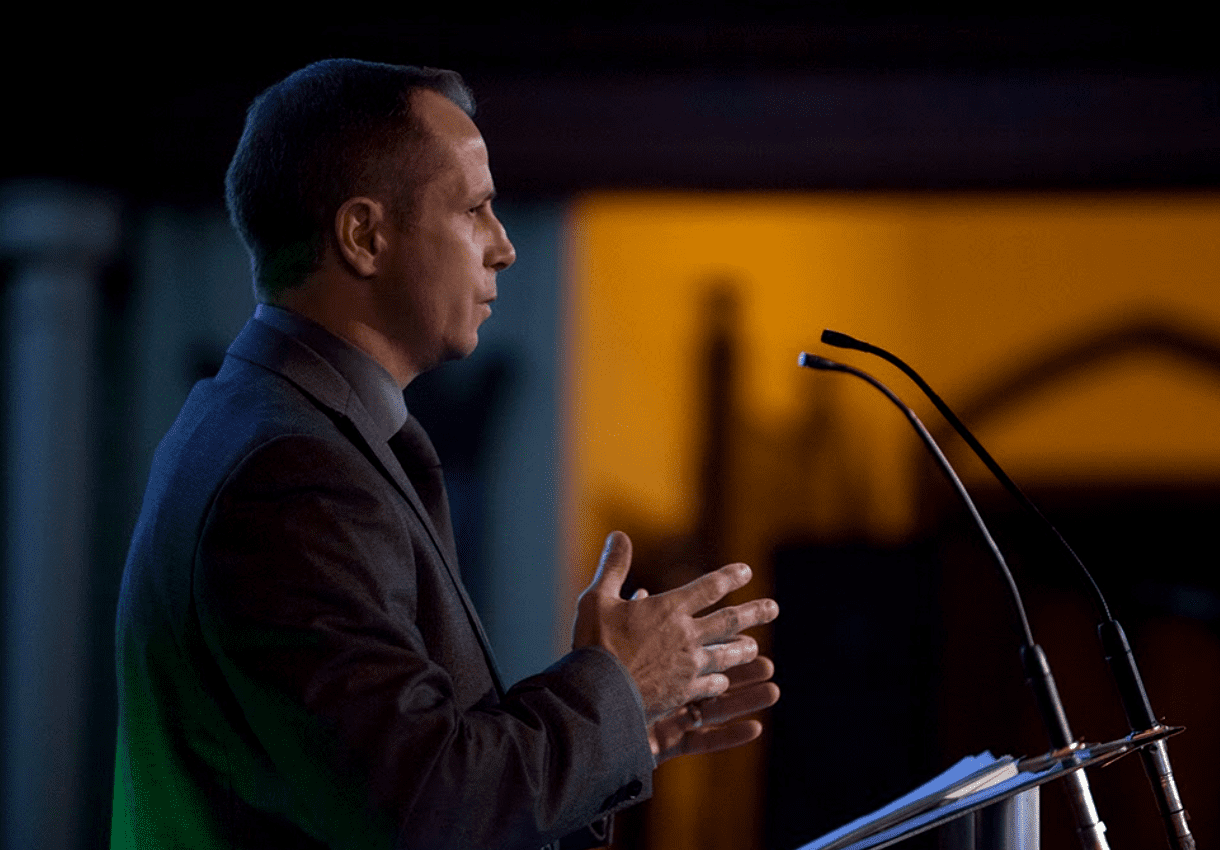
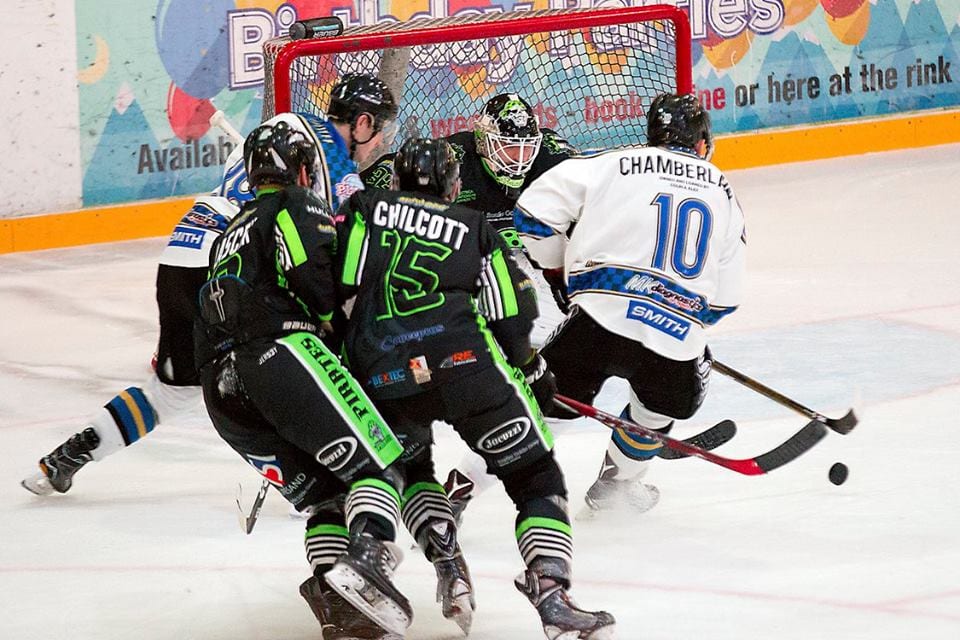
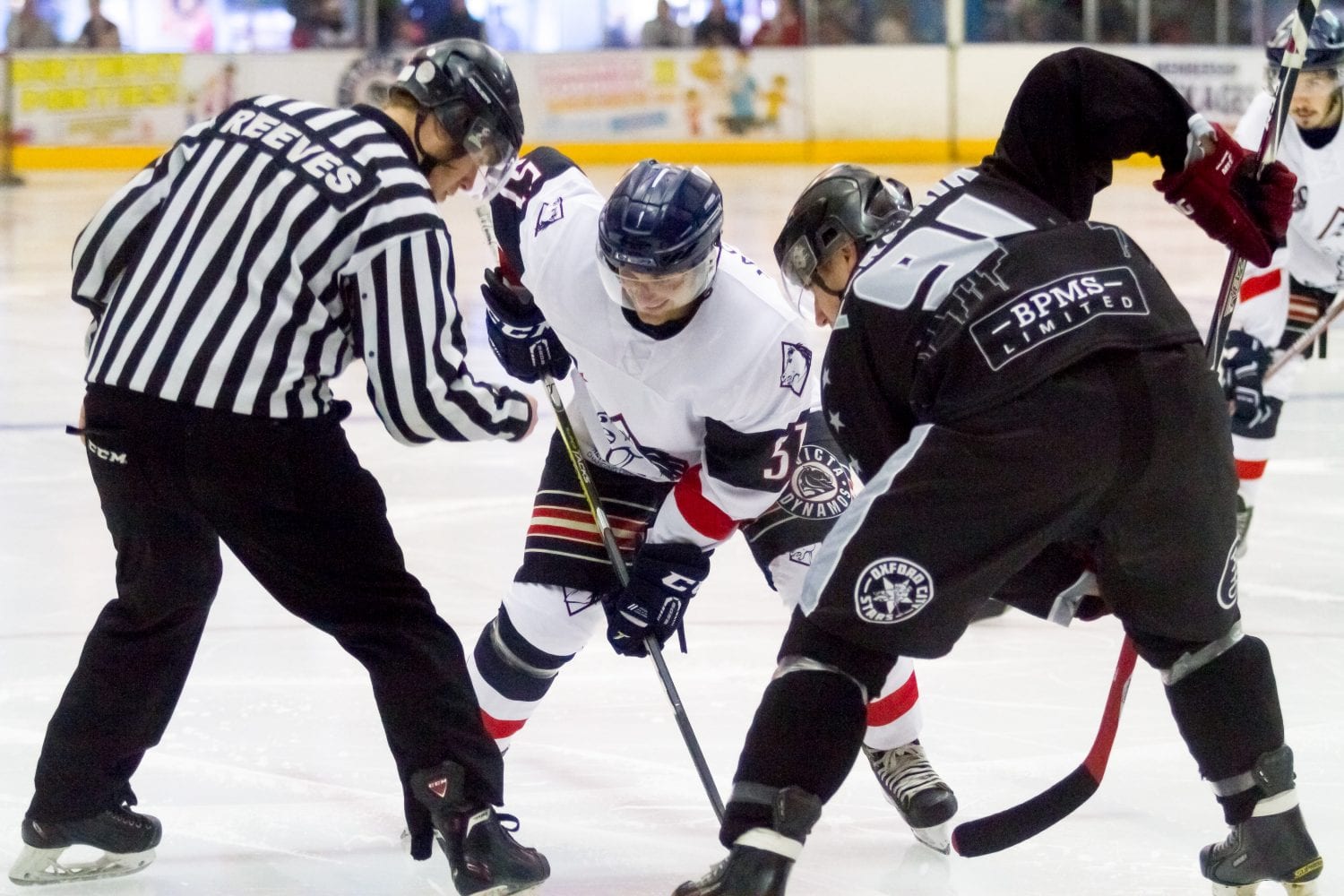



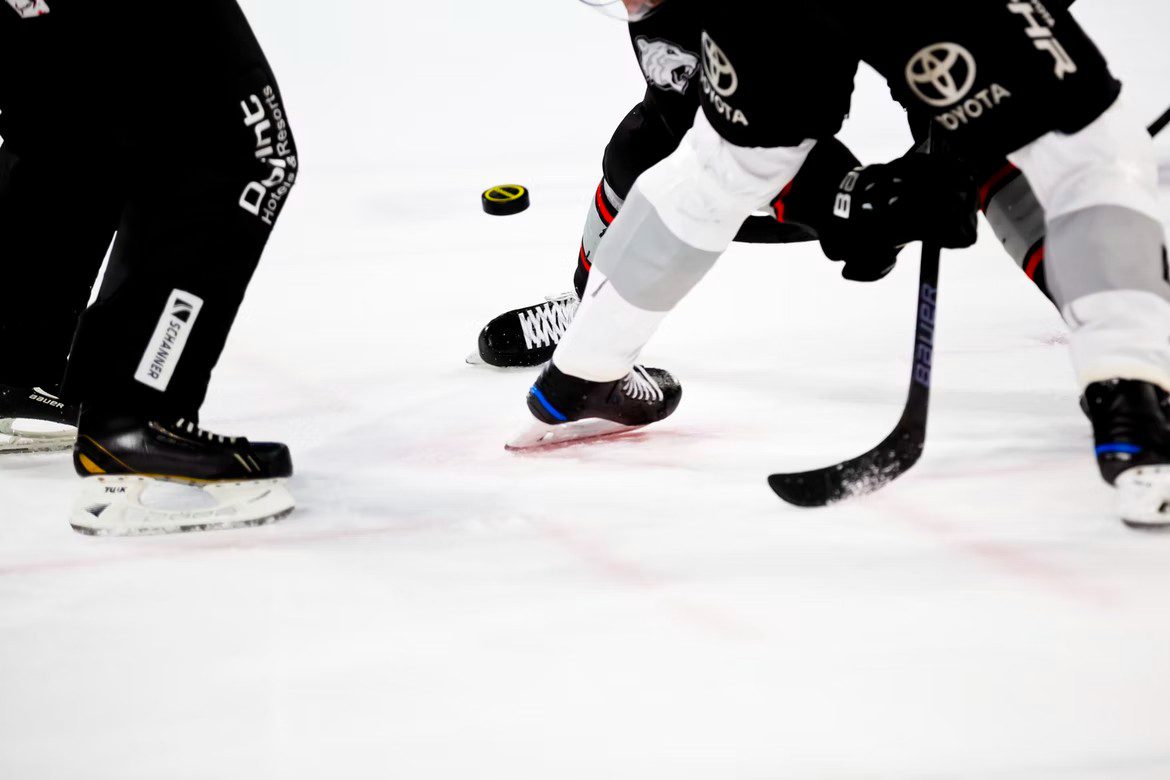


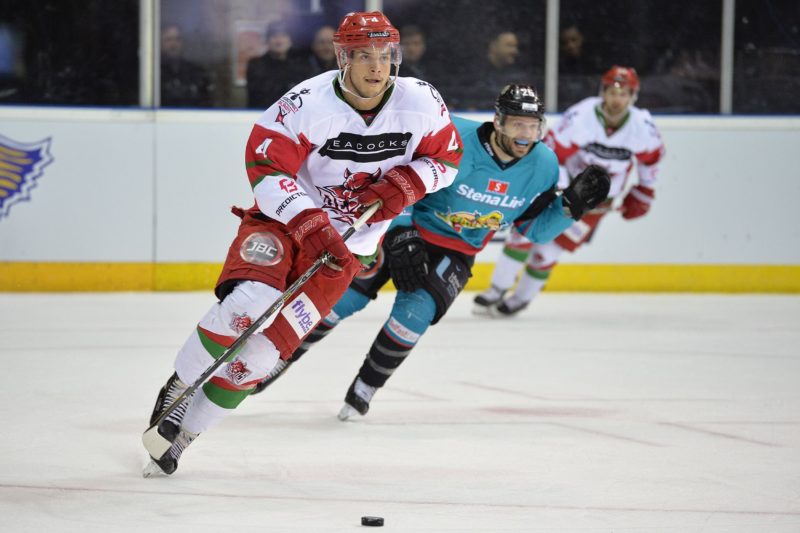
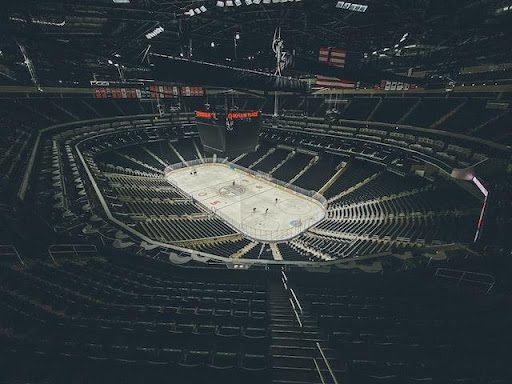
Nick Lee
18th January 2017 at 12:12 pm
This is very interesting and a good read, and it is clear that a lot of work is going on to get this right from the outset. My greatest concern, as I have said in a number of emails to GeneralSecretary@IceHockeyUK.co.uk and Media@IceHockeyUK.co.uk, is the sport lacks sponsorship from major financial sources. As an example, if you look at what happens when SkySports get involved in a sport, the money goes through the roof – look at what they have done over the last 20 years to the likes of Darts, Snooker, Cricket, Rugby, Football, etc… Why can they not be involved in Ice Hockey? It would be a tremendous TV sport (and I don’t mean PayTV!).